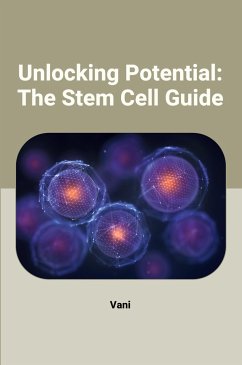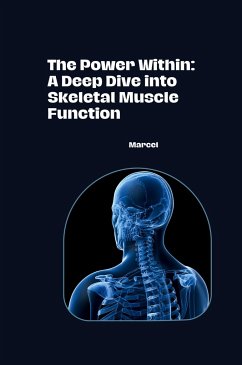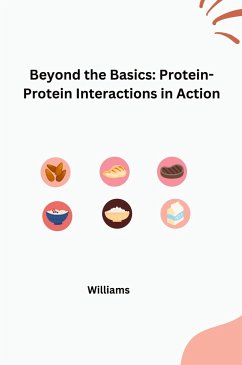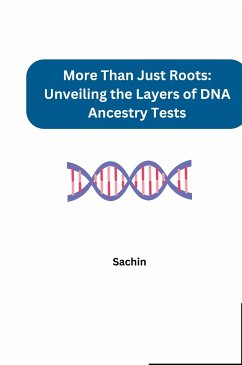
Beyond Barriers: The Morphogenetic Power of Epithelial Tissues
Versandkostenfrei!
Versandfertig in 6-10 Tagen
28,49 €
inkl. MwSt.

PAYBACK Punkte
0 °P sammeln!
This title offers a specific focus while capturing the intricate journey of development. Here's a breakdown and potential content directions:Focus: The title highlights the fruit fly, Drosophila, as a model organism for studying morphogenesis, focusing on the transition from establishing body plan patterns to the physical processes that create form.Breakdown:-Drosophila: This specifies the model organism used to understand morphogenesis.-Morphogenesis: This is the core topic of development, focusing on shape and structure formation.-From Patterning: This introduces the initial stage, where the...
This title offers a specific focus while capturing the intricate journey of development. Here's a breakdown and potential content directions:Focus: The title highlights the fruit fly, Drosophila, as a model organism for studying morphogenesis, focusing on the transition from establishing body plan patterns to the physical processes that create form.Breakdown:-Drosophila: This specifies the model organism used to understand morphogenesis.-Morphogenesis: This is the core topic of development, focusing on shape and structure formation.-From Patterning: This introduces the initial stage, where the body plan layout is established.-To Mechanics: This clarifies the subsequent stage, where physical processes turn the pattern into the actual organism.Content Directions:1.Drosophila Advantages: Briefly explain why Drosophila is a powerful model for studying morphogenesis:oShort life cycle allows for rapid observation of development.oGenetic tools enable manipulation of genes for deeper understanding.2.Patterning in Drosophila: Briefly describe how the basic body plan, including head, thorax, and abdomen, is established through gene expression and signaling pathways.3.Mechanics of Morphogenesis: Explore how the patterned blueprint translates into physical form:oCell Interactions: Discuss how cells adhere, migrate, and differentiate to create tissues and organs.oCytoskeletal Dynamics: Explain how the cytoskeleton within cells provides structure and allows for coordinated movements that shape the organism.oMorphogen Gradients: Highlight how gradients of signaling molecules guide cell behavior and differentiation, ultimately influencing the organism's form.














